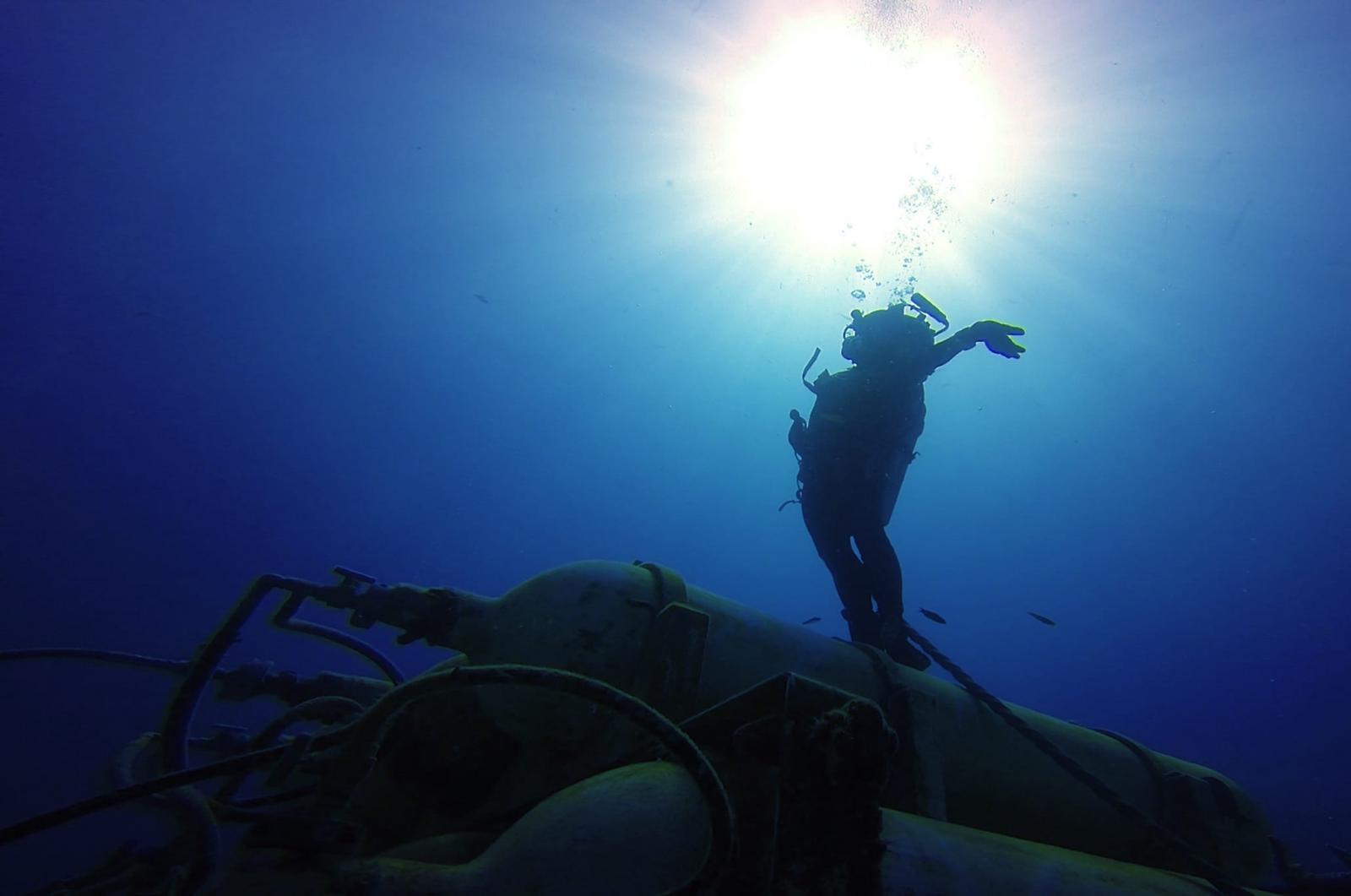
EDUCATION @ MIT MECHE
Bachelor of Science in Mechanical and Ocean Engineering
Explore Course 2-OE
Introduction to Mechanical and Ocean Engineering
(Course 2-OE)
The Course 2-OE program includes engineering aspects of the ocean sciences, ocean exploration, and utilization of the oceans for transportation, defense, and extracting resources. Theory, experiment, and computation of ocean systems and flows are covered in a number of courses, complementing a rigorous mechanical engineering program. A hands-on capstone design class allows Course 2-OE students to master the design of advanced marine systems, including autonomous underwater vehicles and smart sensors. Graduates often go on to careers in the offshore and oceanographic industry, the Navy or government, or further study in graduate school.
The Mechanical and Ocean Engineering Program is accredited by the Engineering Accreditation Commission of ABET, http://www.abet.org.
Course 2-OE Objectives
The educational objectives of the program leading to the degree Bachelor of Science in Mechanical and Ocean Engineering are that:
Within a few years of graduation, a majority of our graduates will have completed or be progressing through top graduate programs; advancing in leadership tracks in industry, non-profit organizations, or the public sector; or pursuing entrepreneurial ventures. In these roles they will:
- Apply a deep working knowledge of technical fundamentals in areas related to mechanical, electromechanical, thermal, and ocean systems to address needs of the customer and society.
- Develop innovative technologies and find solutions to engineering problems.
- Communicate effectively as members of multidisciplinary teams.
- Be sensitive to professional and societal contexts and committed to ethical action.
- Lead in the conception, design, and implementation of new products, processes, services, and systems.
These objectives have been developed over a period of 150 years by the faculty and students of the Department, with input from other constituents, in an attempt to comply with the mission of MIT as an institution.
The mission of MIT is to advance knowledge and educate students in science, technology, and other areas of scholarship that will best serve the nation and the world in the 21st century.
The Institute is committed to generating, disseminating, and preserving knowledge, and to working with others to bring this knowledge to bear on the world’s great challenges. MIT is dedicated to providing its students with an education that combines rigorous academic study and the excitement of discovery with the support and intellectual stimulation of a diverse campus community. We seek to develop in each member of the MIT community the ability and passion to work wisely, creatively, and effectively for the betterment of humankind.
Student Outcomes
Identify, formulate, and solve complex engineering problems by applying fundamental principles of mechanical engineering, science, and mathematics including the steps of abstracting essential information, critically assessing its validity, and making appropriate assumptions.
Apply engineering design to produce solutions that meet specified needs with consideration of public health, safety, and welfare, as well as global, cultural, social, environmental, and economic factors.
Communicate effectively with a range of audiences by diverse means including written reports, public speaking, and visual media.
Recognize ethical and professional responsibilities in engineering situations and make informed judgments, which must consider the impact of engineering solutions in global, economic, environmental, and societal contexts.
Function effectively on a team whose members together provide leadership, create a collaborative and inclusive environment, establish goals, plan tasks, and meet objectives.
Develop and conduct appropriate experimentation, analyze and interpret data, and use engineering judgment to draw conclusions.
Acquire and apply new knowledge as needed, using appropriate learning strategies.
Implement computer and simulations tools in mechanical engineering practice.
Specify manufacturing and fabrication techniques and other engineering processes needed to implement thermal, mechanical, and ocean engineering systems.
Apply fundamental principles of ocean engineering.